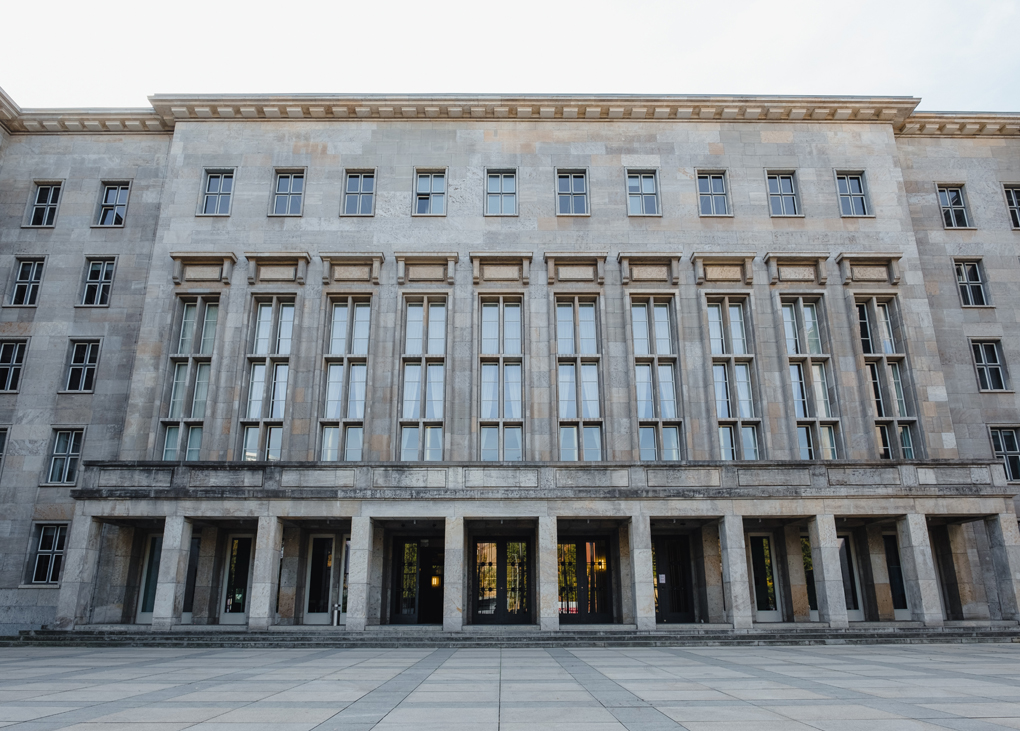The German government has announced a funding program worth up to €500 million (Au$836 million) to support the “Corona-compatible conversion” and upgrading of HVAC systems in public buildings.
Lately, much attention has focused on how HVAC systems can mitigate the risk of COVID-19 spreading in indoor spaces. This includes measures such as increasing fresh air intake, improving filtration, and using germicidal UV light – on top of non-HVAC measures such as decreasing occupancy rates and maintaining strict cleaning protocols. Airflow patterns have also been acknowledged as playing a role in the spread of the virus.
The German program will begin in October and run until 2024. Grants are available for public offices, museums, theatres, universities and schools. At this stage, private offices and firms will not be eligible.
According to a report from the BBC, the funding also covers CO2 sensors and there may be an additional push for schools without central HVAC systems or adequate natural ventilation to get mobile air purifiers.
“The hygiene of indoor air is of great importance for infection control,” says Federal Minister of Economics Peter Altmaier, “especially if we are all going to spend more time indoors again soon.”
The investment shows a desire to encourage people back into public spaces and is in line with recent government statements in Australia.
At the end of September, the Australian Public Service Commission directed public servants back to the office. Prime Minister Scott Morrison supported the plan and encouraged business to do the same thing, to “get our CBDs humming again”.
Despite much lower case numbers than the rest of the world, office occupancy rates in Australia’s CBDs remain extremely low.
 Mark Vender
Mark Vender


Leave a Reply